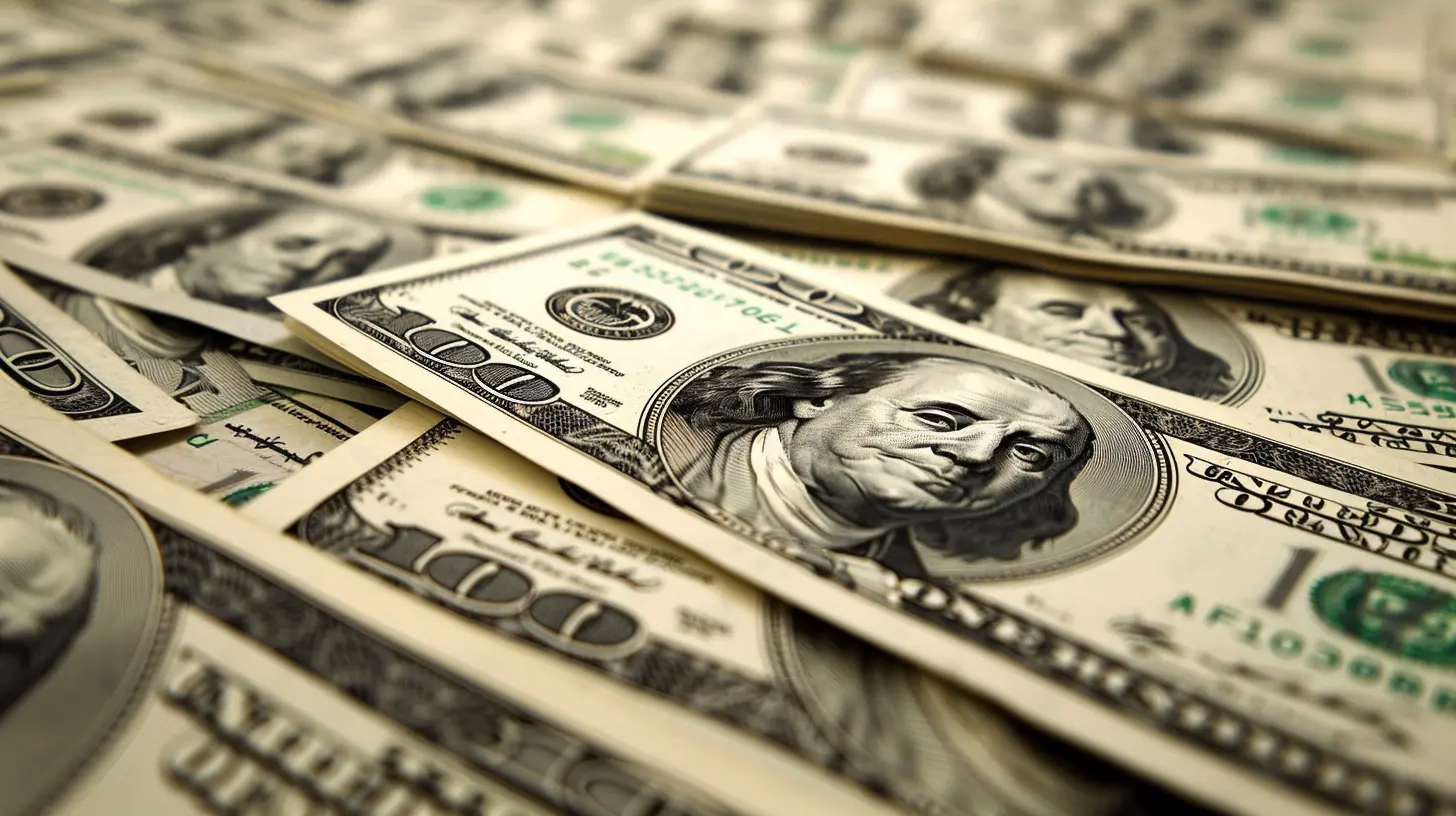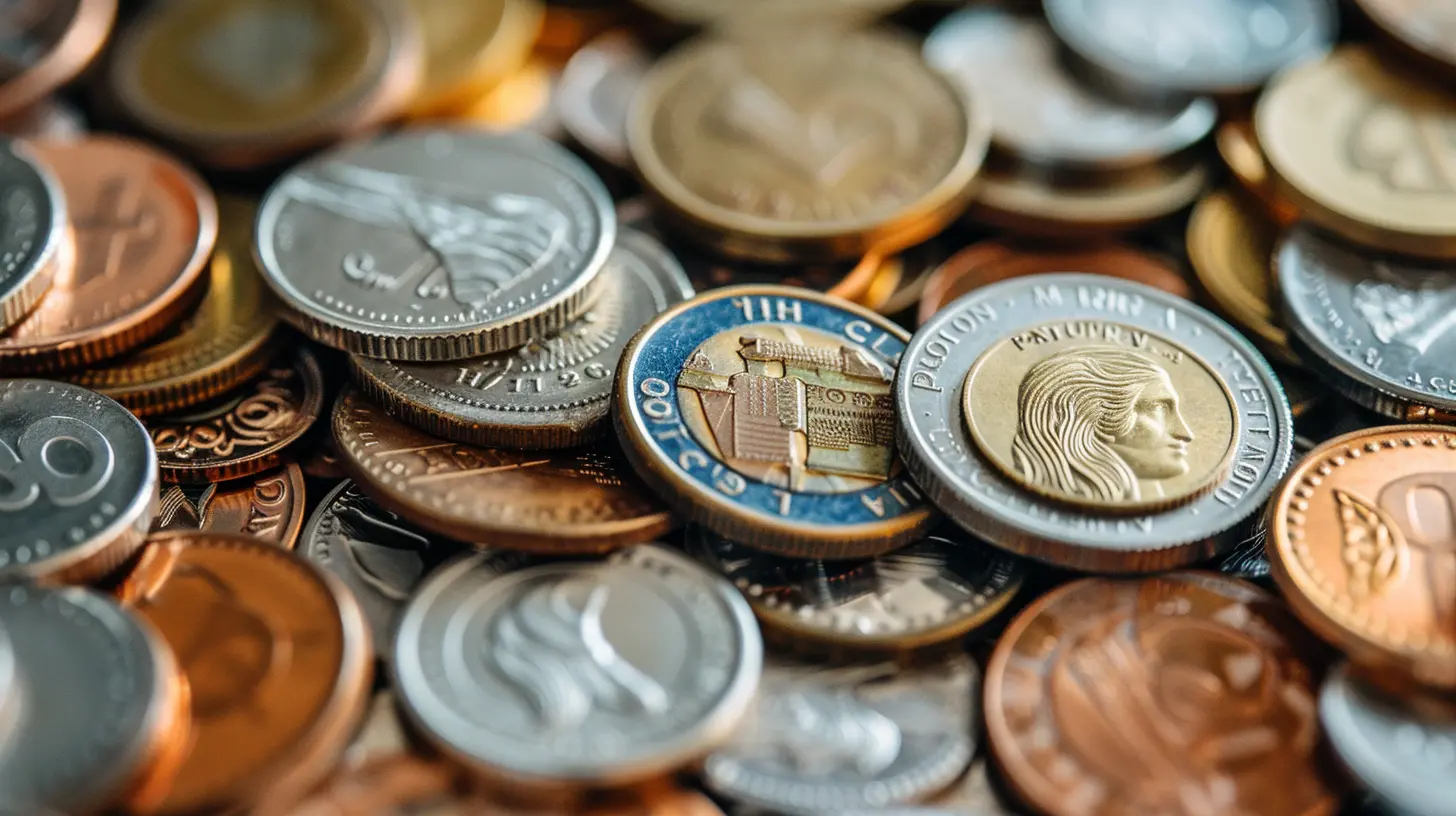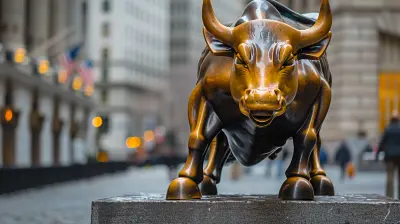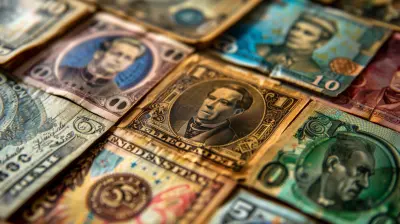3 January 2025
In the world of finance, dividends are like love letters sent from a company to its shareholders—a tangible sign of success. But here’s the big question: how sustainable are those payments? As investors, it's super easy to get wooed by a company with juicy dividend yields. After all, who doesn't love regular payouts without lifting a finger? But before you jump in headfirst, it’s crucial to understand the engine behind those dividend payments: Free Cash Flow (FCF). Yep, that’s the star of our show today!
So, grab a coffee, sit back, and let’s dive into the fascinating (and surprisingly not boring) role of free cash flow in dividend sustainability. Spoiler alert: it might just save you from making a costly mistake.
What Is Free Cash Flow Anyway?
First things first—what exactly is free cash flow? It’s not some fancy buzzword tossed around to impress finance geeks. Free cash flow is the money a company has left over after paying for its operating expenses and capital expenditures (like buying equipment or upgrading machinery). Essentially, it’s the “spare cash” that a company can use for things like paying dividends, reducing debt, or reinvesting in the business.Think of it this way: If a company is like your paycheck, free cash flow is the money left after you've paid your rent, bills, and groceries. It’s your “fun money,” the kind you can throw at a weekend getaway or those sneakers you've been eyeing. For companies, however, free cash flow speaks volumes about their financial health and flexibility.
Why Does Free Cash Flow Matter for Dividends?
So, what does FCF have to do with dividends? One word: everything. It's the lifeblood of sustainable dividend payments. Without sufficient free cash flow, companies might struggle to maintain those quarterly payouts—or worse, they might borrow money just to keep up appearances. And trust me, that’s a red flag.Imagine running a marathon (the dividend payments) and surviving on energy drinks (borrowed money) instead of proper nutrition (free cash flow). Sure, you might make it to the finish line, but you’re setting yourself up for collapse sooner or later.
The Link Between FCF and Dividend Sustainability
Sustainability is the name of the game when it comes to dividends. As an investor, you want assurance that a company can continue paying dividends not only now but well into the future. Here’s where free cash flow steps in as the hero of the story.1. The Predictability Factor
A company’s free cash flow gives you an idea of how much "extra cash" it generates consistently. If FCF is growing year over year, that’s a good sign that the company has the financial muscle to maintain and even increase its dividends. On the flip side, shrinking FCF? Well, that’s like a leaky faucet—it could eventually dry up, leaving your dividends high and dry.
2. Covering Dividend Payouts
Dividends are paid in cash, not accounting profits. So, even if a company reports sky-high net income, it's the FCF that ensures the cash is actually available to pay those dividends. Think of it as the difference between having a fat paycheck on paper and actually having enough in your bank account to pay the bills. Big difference, right?
Red Flags to Watch: When Dividends Are on Shaky Ground
Not all dividends are created equally, and not all are sustainable. Here are a few red flags you should watch out for:1. Negative Free Cash Flow
If a company consistently has negative FCF, it’s usually a sign that they’re spending more than they’re earning. Paying dividends in this situation often means dipping into reserves or taking on debt, which is like robbing Peter to pay Paul. It’s unsustainable in the long run and could lead to dividend cuts.2. High Payout Ratios
A payout ratio shows the percentage of earnings a company pays out as dividends. While it’s typically calculated using net income, savvy investors look at the ratio based on FCF. If a company’s free cash flow payout ratio is over 100%, that’s a red flag. It means the company's paying out more in dividends than it’s generating in free cash flow—ouch!3. Unstable or Declining FCF
If a company’s free cash flow is all over the place or on a downward spiral, it signals trouble. Dividends might be safe for now, but sustainability is questionable. It’s like trying to build a sandcastle during high tide—it won’t hold for long.
How Companies Balance FCF and Dividends
Now, let’s look at how companies actually manage this balancing act. It’s not as simple as it sounds; companies need to make sure they’re using free cash flow wisely.1. Dividend Increases and Buybacks
Companies with stable and growing FCF often reward shareholders with increased dividends or share buybacks. This sends a clear message: "Hey, we’re confident about our financial health and future cash flows."2. Reinvesting Back Into the Business
Sometimes, the best use of free cash flow isn’t to pay dividends but to reinvest it into the business. After all, a company that grows its earnings and FCF over time can afford to pay higher dividends later. It’s a marathon, not a sprint.3. Keeping Cash Reserves
Wise companies don’t just blow all their free cash flow—they set aside reserves for a rainy day. This is especially important in industries with cyclical revenues (think oil or tech), where cash flow can fluctuate wildly.Why Investors Should Care: FCF as a Dividend Quality Metric
Okay, so why should you, the investor, care about free cash flow? Because it’s one of the best ways to sniff out high-quality dividend stocks from the pretenders. Some companies may try to dazzle you with their high dividend yields, but don’t let the shiny numbers fool you. Always dig deeper.Here are a few steps to evaluate the role of FCF in dividend sustainability:
1. Analyze the FCF Trend
Look at the company’s free cash flow over the past 5–10 years. Is it stable or growing? If you see erratic or negative trends, consider it a warning sign.
2. Compare FCF to Dividend Payments
Does the company’s free cash flow comfortably cover its dividend payments? If not, you might want to reconsider.
3. Check the Free Cash Flow Payout Ratio
Ideally, you want a company with a payout ratio below 75% (based on FCF, not just earnings). The lower the ratio, the more wiggle room the company has to sustain dividends during tough times.
Real-World Example: Apple Inc.
Let’s take a real-world example to make things more relatable. Apple (you’ve probably heard of them) is a great case study. Over the years, Apple has generated massive amounts of free cash flow, which has allowed it to reward shareholders with dividends and share buybacks. Even during economic downturns, Apple retained enough FCF to comfortably sustain its payouts, which is one reason investors view it as a “safe” dividend stock.Wrapping It Up: FCF = The Dividend Hero You Need
At the end of the day, free cash flow is the secret sauce for dividend sustainability. As an investor, it’s your best friend—the one who’ll always tell you the truth about a company's ability to keep those dividend checks rolling in.Sure, it’s tempting to chase high yields, but remember: a dividend isn’t worth much if it’s unsustainable. Instead, focus on companies with solid free cash flow, healthy payout ratios, and a history of prioritizing shareholder returns. When you take the time to look under the hood and understand the role FCF plays, you’ll be ahead of the investing game.











Calder Barlow
Great insights! Understanding free cash flow is crucial for ensuring dividend sustainability. It's exciting to see how financial health supports rewarding investors. Keep up the fantastic work!
April 8, 2025 at 11:49 AM